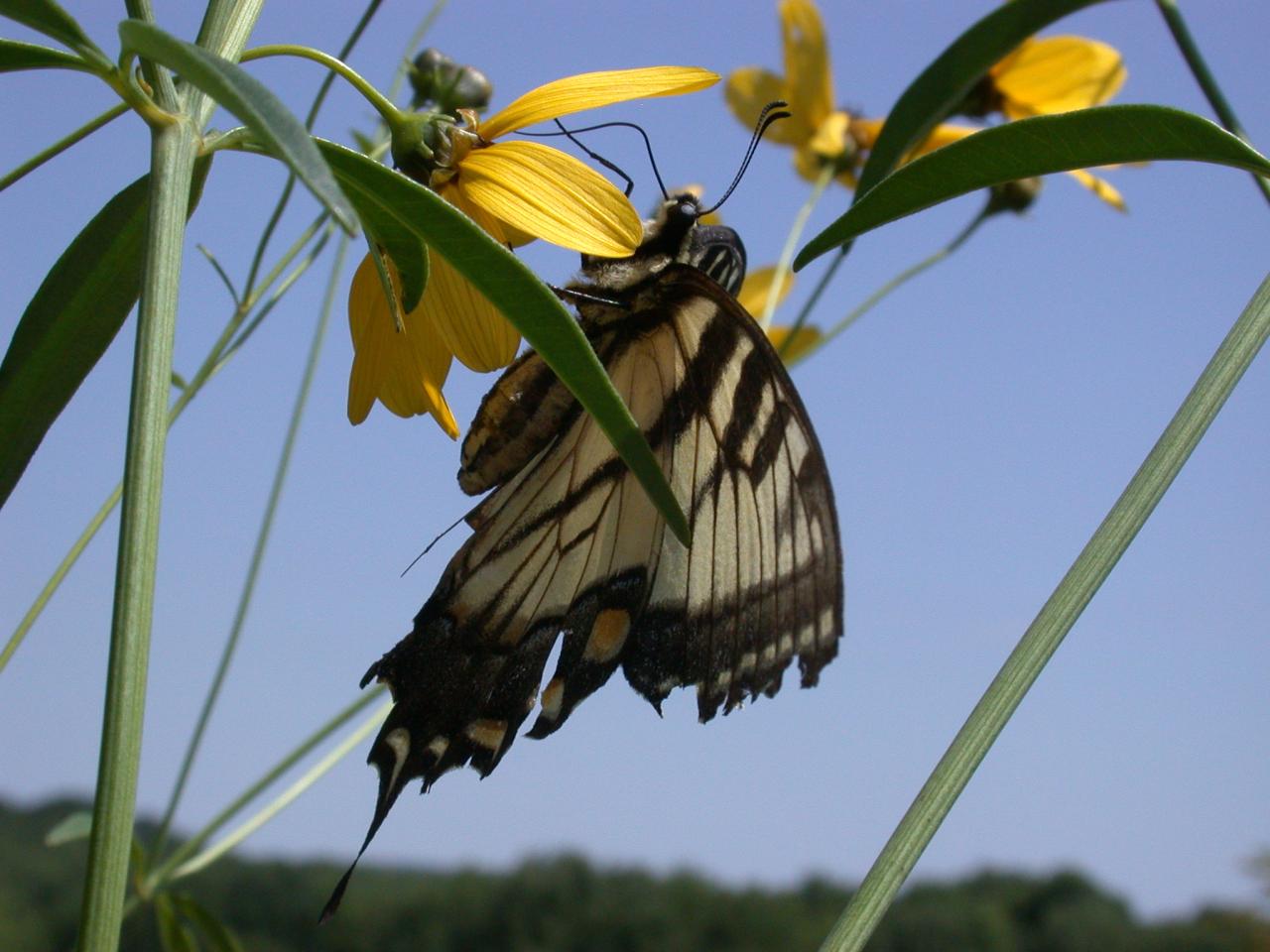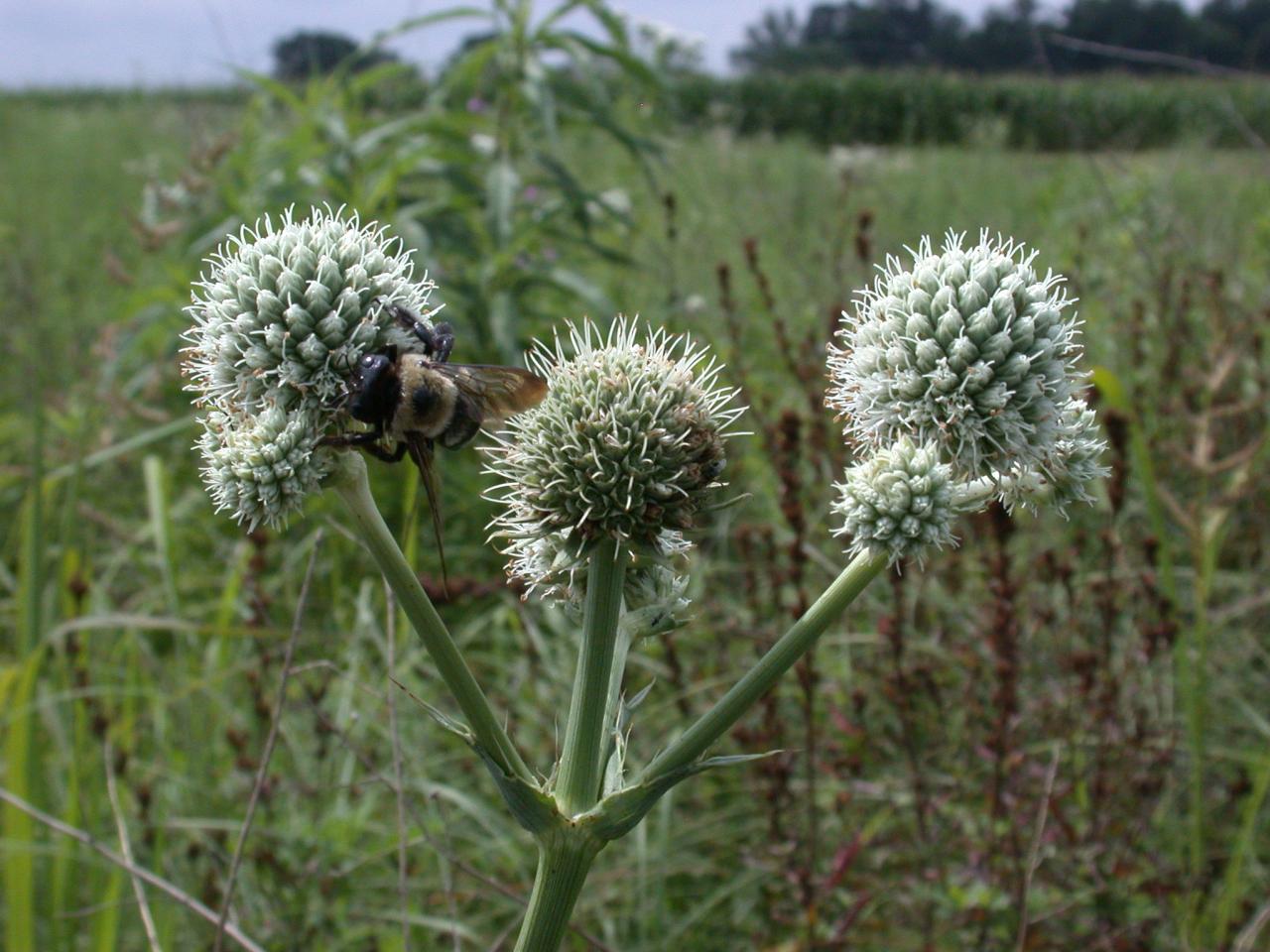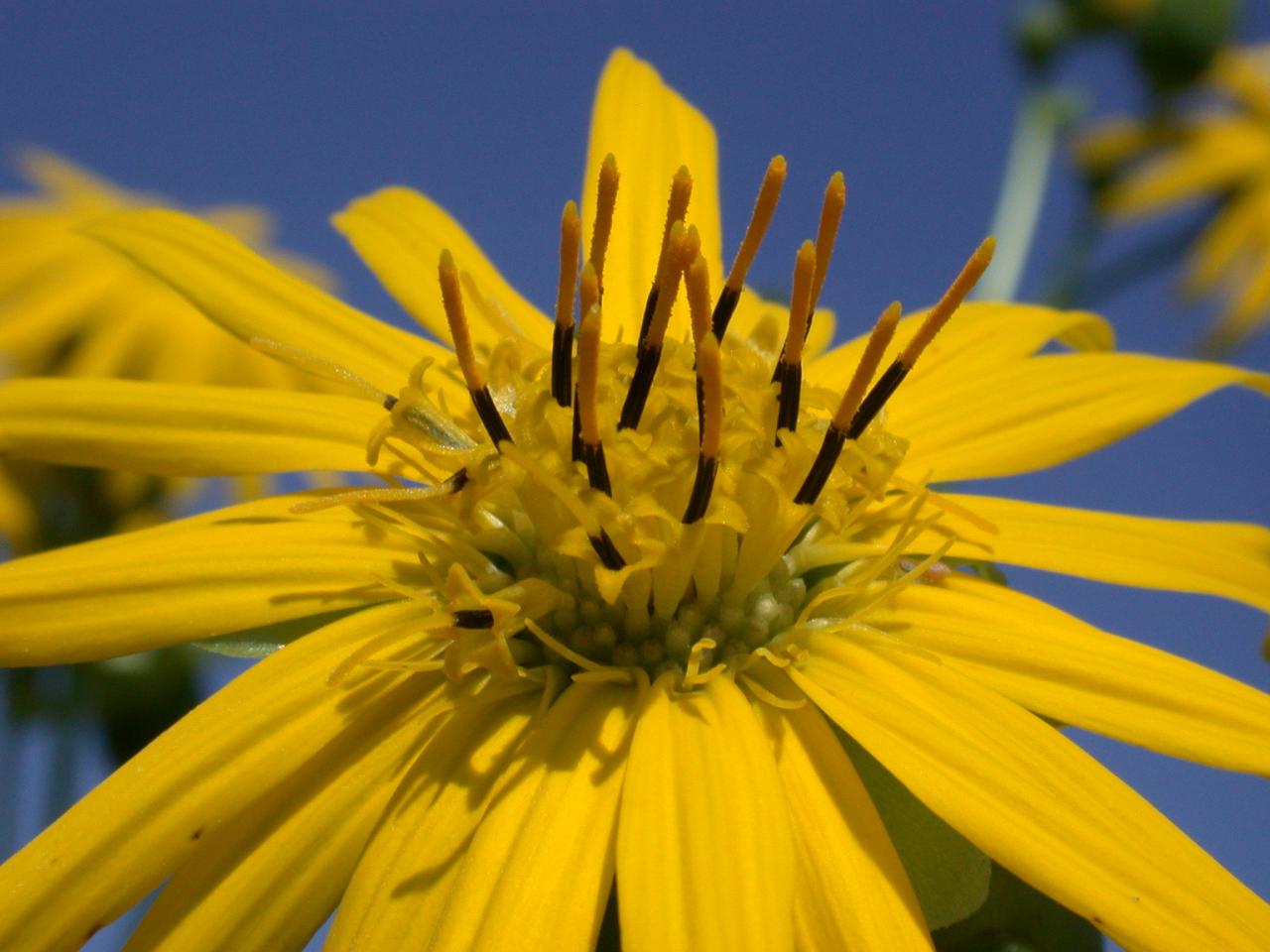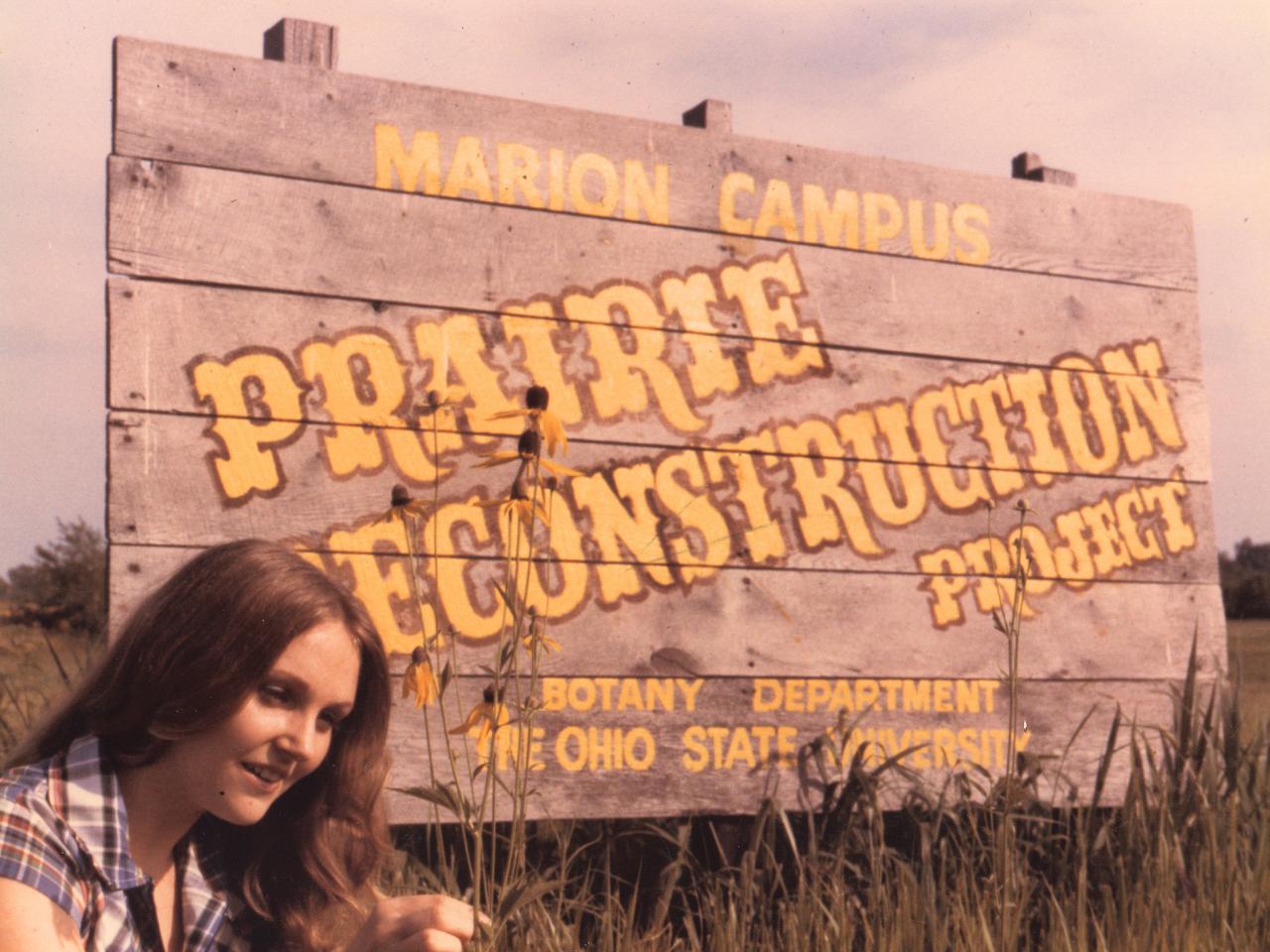The Larry R. Yoder Prairie Learning Laboratory is a tall grass prairie restoration located at The Ohio State University at Marion. The restoration project was started by a small and highly dedicated group of people in 1976 and the site has grown and changed quite a bit since then. Today, more than 11 acres of restored tall grass prairie are a showpiece on the campus and an attraction for the surrounding communities. The Prairie Learning Lab is where the community has been connecting with tall grass prairies since 1976. We invite you to join us here at the Prairie Learning Lab to explore and learn more about the beauty and magnificence of the tall grass prairie.




